Saint-Malo (UK: , US: , French: [sɛ̃ malo] ; Gallo: Saent-Malô; Breton: Sant-Maloù) is a historic French port in Ille-et-Vilaine, Brittany.
The walled city on the English Channel coast had a long history of piracy, earning much wealth from local extortion and overseas adventures. In 1944, the Allies heavily bombed Saint-Malo. The city changed into a popular tourist centre, with a ferry terminal serving the Channel Islands of Jersey and Guernsey, as well as the Southern English settlements of Portsmouth, Hampshire and Poole, Dorset.
The famous transatlantic single-handed yacht race Route du Rhum, which takes place every four years in November, is between Saint Malo and Pointe-à-Pitre in Guadeloupe.
 St Malo, painted c. 1900 by Emil Krause
St Malo, painted c. 1900 by Emil KrauseFounded by Gauls in the 1st century BC, the ancient town on the site of Saint-Malo was known as the Roman Reginca or Aletum. By the late 4th century AD, the Saint-Servan district was the site of a major Saxon Shore promontory fort that protected the Rance estuary from seaborne raiders from beyond the frontiers. According to the Notitia Dignitatum, the fort was garrisoned by the militum Martensium under a dux (commander) of the Tractus Armoricanus and Nervicanus section of the litus Saxonicum. During the decline of the Western Roman Empire, Armorica (modern-day Brittany) rebelled from Roman rule under the Bagaudae and in the 5th and 6th centuries received many Celtic Britons fleeing instability across the Channel. The modern Saint-Malo traces its origins to a monastic settlement founded by Saint Aaron and Saint Brendan early in the sixth century. Its name is derived from a man said to have been a follower of Brendan the Navigator, Saint Malo or Maclou, an immigrant from what is now Wales.
Saint-Malo is the setting of Marie de France's poem "Laüstic," a 12th-century love story. The city had a tradition of asserting its autonomy in dealings with the French authorities and even with the local Breton authorities.
From 1590 to 1593, Saint-Malo declared itself to be an independent republic, when 'la république de Saint-Malo' (Saint Malo Republic) functioned as a de facto micronation, and from whence the town takes its defiant motto "not French, not Breton, but Malouin" (‘Ni Français, ni Breton, Malouin suis’).[1]
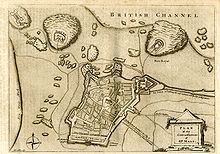 Old map of Saint-Malo
Old map of Saint-MaloSaint-Malo became notorious as the home of the corsairs, French privateers and sometimes pirates. In the 19th century, this "piratical" notoriety was portrayed in Jean Richepin's play Le flibustier and in César Cui's eponymous opera. The corsairs of Saint-Malo not only forced English ships passing up the Channel to pay tribute but also brought wealth from further afield. Jacques Cartier lived in, and sailed from, Saint-Malo to the Saint Lawrence River, visiting the villages of Stadacona and Hochelaga that would later become the sites of present-day Quebec City and Montreal respectively. As the first European to encounter these sites and learning the local word "Kanata" (meaning a group of houses), Cartier is credited as the discoverer of Canada.
Inhabitants of Saint-Malo are called Malouins in French. From this came the Spanish name Islas Malvinas for the archipelago known in English as the Falkland Islands. Islas Malvinas derives from the 1764 name Îles Malouines, given to the islands by French explorer Louis-Antoine de Bougainville.[2] Bougainville, who founded the archipelago's first settlement, named the islands after the inhabitants of Saint-Malo, the point of departure for his ships and colonists.[2]
In 1758, the Raid on Saint-Malo saw a British expedition land, intending to capture the town. However, the British made no attempt on Saint-Malo and instead occupied the nearby town of Saint-Servan, where they destroyed 30 privateers before departing.
World War II An air raid on Saint-Malo during August 1944
An air raid on Saint-Malo during August 1944
In World War II, during fighting in late August and early September 1944, the historic walled city of Saint-Malo was almost totally destroyed by American shelling and bombing.[3][4] The beaches of nearby Dinard had been heavily fortified against possible Allied commando raids. Artillery at the two locations provided mutual support. The fortification complex was garrisoned by more than twelve thousand German troops from different services and units as well as stragglers from other battles in the Cotentin. About eight thousand Germans were in Saint-Malo itself when the battle began.[5]
Colonel Andreas von Aulock, the German commander, refused to surrender when asked to do so by the town's authorities. He said he "would defend St. Malo to the last man even if the last man had to be himself".
The first American attack was launched by the 83rd Infantry Division on 5 August 1944. German positions at Châteauneuf quickly fell. Cancale was abandoned and occupied by the Americans on the 6th. In the same way and on the same day, Dinan fell to Free French forces. The Germans shortened their lines and drew closer to the ancient citadel at St. Servan-sur-Mer, now reinforced with concrete.
Effective German artillery emplacements on the island of Cezembre were out of reach of American ground forces. German garrisons on the Channel Islands of Jersey, Guernsey, and Alderney were able to use small craft to bring in water and remove the wounded from the battle.[5]
On 13 August, the walled city was on fire and a short truce was declared to allow French civilians to flee the city. Outlying German positions at St. Ideuc and La Varde fell to infantry attacks. This fighting ended resistance on the north shore of the peninsula. Only the citadel remained. Surrounded by American artillery and under frequent air attack, this last holdout surrendered on the afternoon of 17 August.
Cezembre surrendered on 2 September when the three-hundred-man garrison ran out of drinking water. The Americans had taken more than ten thousand prisoners during the two-week fight, von Aulock among them.[5]
Post-warSaint-Malo was rebuilt over a 12-year period from 1948 to 1960.
It is a subprefecture of the Ille-et-Vilaine. The commune of Saint-Servan was merged with Paramé, and became the commune of Saint-Malo in 1967.
Saint-Malo was the site of an Anglo-French summit in 1998 that led to a significant agreement regarding European defence policy.
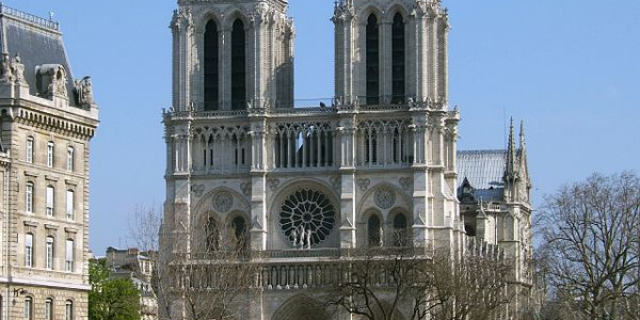



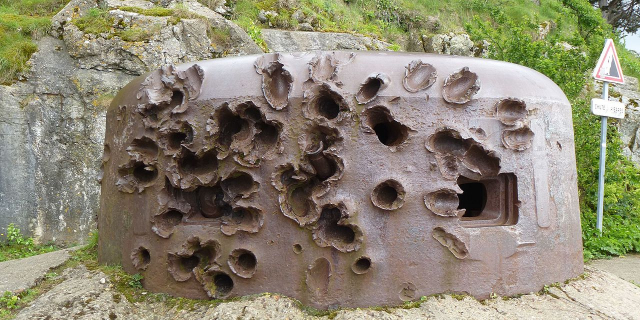

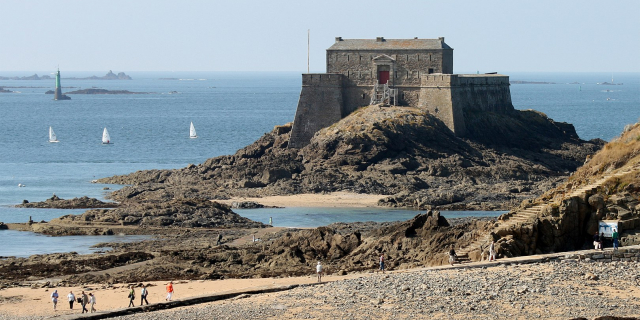



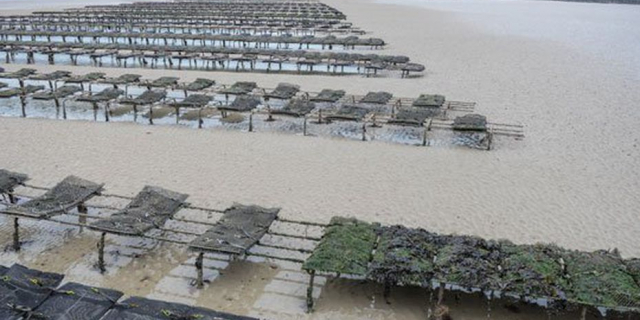








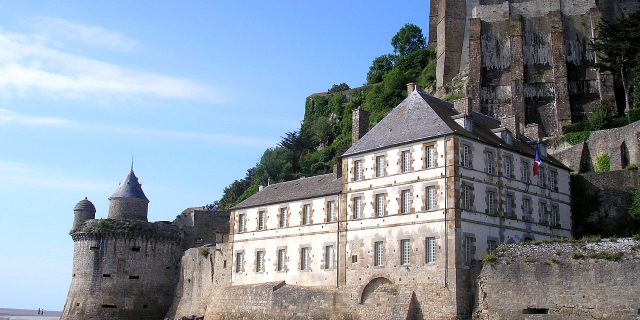
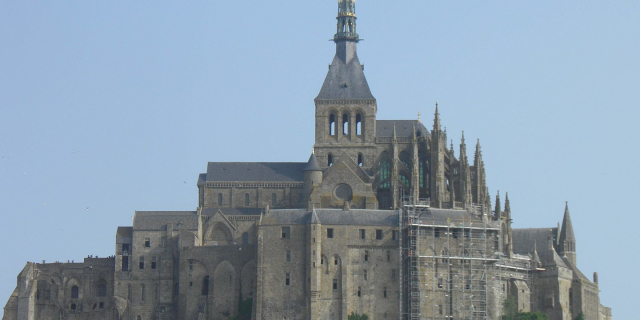


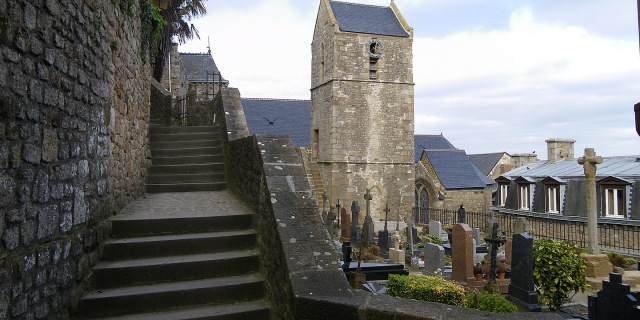
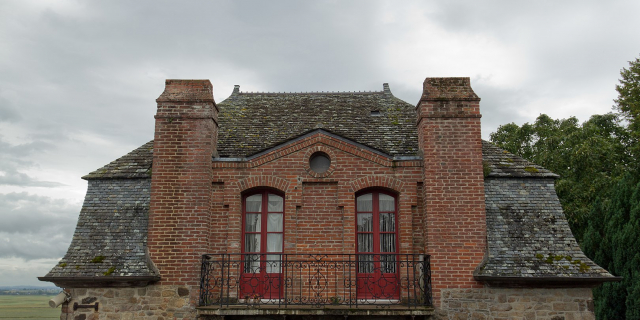
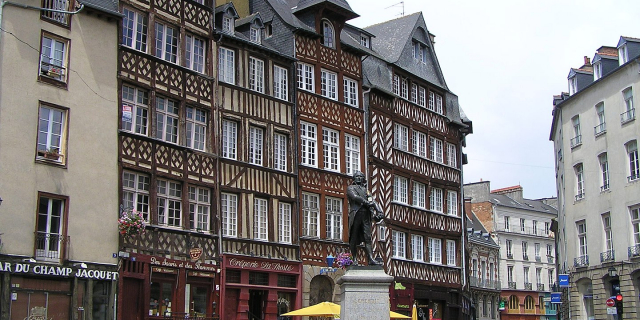



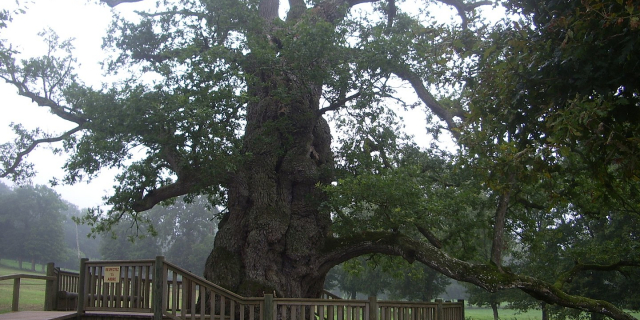



Add new comment